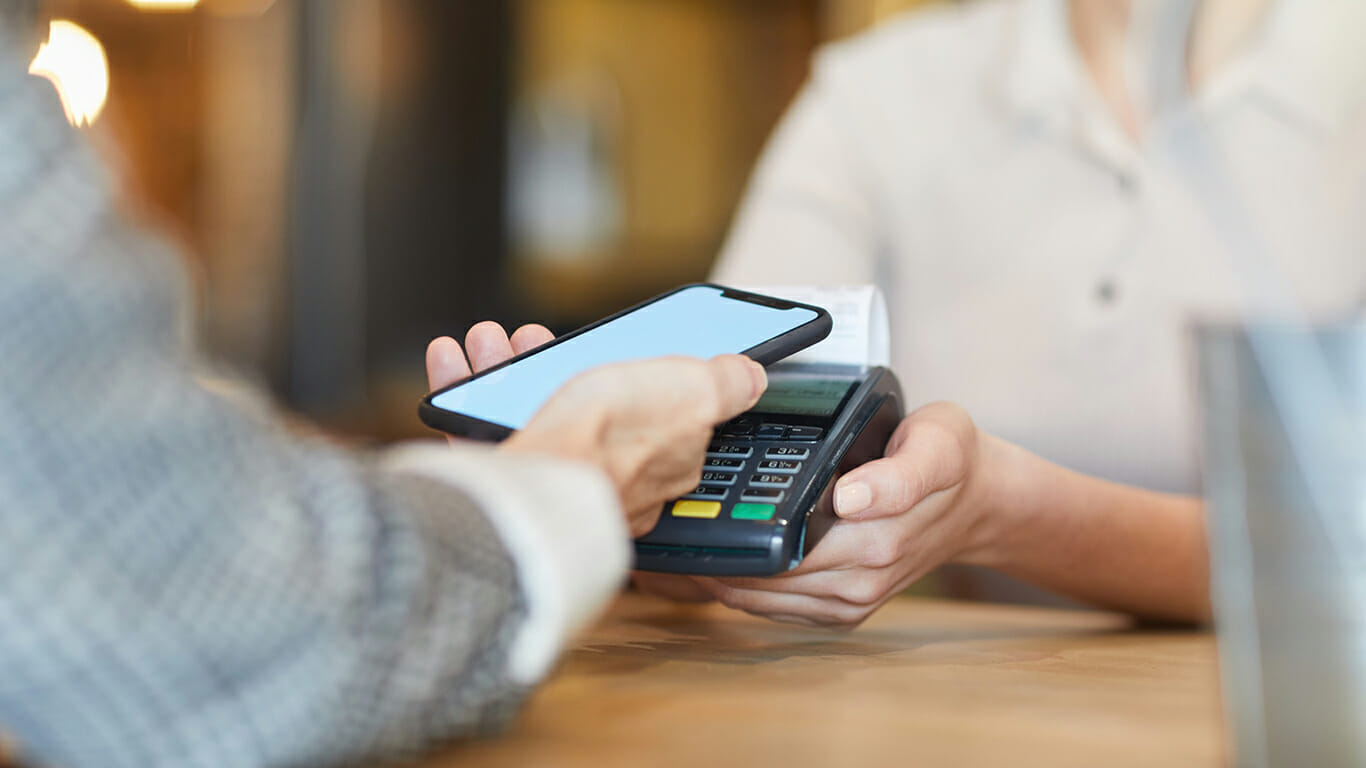In today’s fast-paced digital economy, payment localization matters significantly for ride-hailing and ticketing services. Understanding local payment preferences and regulations can make or break the user experience as these industries expand globally. This article will explore how localized payment solutions enhance customer satisfaction, improve conversion rates, and drive business growth.
You’ll discover the key benefits of adapting payment methods to fit regional markets, from fostering trust through familiar payment options to navigating compliance with local laws. By the end, you’ll grasp why prioritizing payment localization is essential for success in the competitive landscape of ride-hailing and ticketing.
What is Payment Localization
Payment localization refers to adapting payment methods to meet the specific needs of different regions. This practice considers local preferences, currencies, and cultural nuances.
Key aspects include:
- Payment Methods: Utilizing popular regional options enhances user trust. Familiar systems provide comfort and familiarity, increasing transaction success.
- Currency Support: Offering local currency options helps eliminate conversion fees that users face. It simplifies the payment process and can lead to higher conversion rates.
- Regulatory Compliance: Adhering to local laws ensures smooth operations. It protects against legal issues that can arise from non-compliance.
- User Experience: Streamlined payment experiences improve customer satisfaction. An optimized process encourages repeat usage.
Understanding and implementing payment localization can dramatically affect market penetration and customer retention. What payment preferences do users in your target market favor? How can adapting to these preferences enhance your service?
Understanding Payment Localization
Payment localization adapts payment methods to align with regional norms, preferences, and regulations. This approach significantly impacts user satisfaction in ride-hailing and ticketing services.
Local Payment Preferences
Local payment preferences vary significantly across regions. Familiarity can enhance the user experience. Consider these common payment methods:
- Credit Cards: Widely accepted in many areas.
- Mobile Wallets: Preferred in regions with high smartphone penetration.
- Cash: Cash is still the primary choice in markets with limited banking access.
- Bank Transfers: Popular for larger transactions, especially in specific countries.
Recognizing and integrating these preferences can simplify transactions, build trust, and improve user engagement.
Regulatory Compliance in Payment Localization
Compliance with local regulations defines success for businesses operating globally. Staying updated on regional laws helps avoid penalties and legal issues. Key focus areas include:
- Data Protection Laws: Ensure user data is securely handled according to local standards.
- Payment Reporting Requirements: Adhere to mandates on transaction reporting to authorities.
- Consumer Protection Regulations: Align with laws aimed at safeguarding consumer rights.
Prioritizing compliance enhances credibility and fosters trust with users and regulators alike. It reduces risks associated with legal non-compliance, paving the way for smoother operations.
Benefits of Payment Localization
Payment localization significantly impacts ride-hailing and ticketing services. Understanding localized payment methods optimizes user interactions, compliance, and overall growth strategies.
Enhanced User Experience
Offering familiar payment methods builds user trust. Providing local currencies eliminates unnecessary conversion fees. Users appreciate the seamless payment process, which leads to higher satisfaction and retention rates. Examples of valued local methods include mobile wallets, cash, and bank transfers.
Operational Efficiency
Compliance with local regulations reduces legal risks. Utilizing local payment processing can lower transaction costs associated with international systems. This approach simplifies operational workflows. Adapting payment processes saves time and resources, leading to enhanced productivity.
Market Penetration and Growth
Establishing local payment options builds trust and security. This practice increases conversion rates and minimizes fraud risks. Companies with localized payment methods often see improved market share and customer loyalty. Customizing offerings to match user preferences facilitates growth in new regions.
Challenges in Payment Localization
Payment localization presents several challenges that can hinder efficiency in ride-hailing and ticketing services.
- Regulatory Environment
Different jurisdictions impose unique regulations, including KYC requirements, AML laws, and data protection standards. Compliance matters significantly to avoid legal ramifications.
- Consumer Payment Preferences
Payment habits vary by region. Some users favor mobile wallets, while others rely on credit cards or cash. Awareness of these preferences influences transaction success.
- Currency Management
Support for various currencies is necessary. Services must handle exchange rates and conversion fees tactfully to accommodate international users.
- Security Measures
Transaction security is non-negotiable. Implementing effective security protocols builds trust and transparency in payment processes, enhancing user confidence.
How will you address these challenges in your payment strategy? You can evaluate local market nuances to significantly improve user experiences.
Role of Payment Service Providers
Payment Service Providers (PSPs) streamline the addition of local payment methods, allowing ride-hailing and ticket-booking platforms to process transactions quickly and reliably. Consider leveraging the Antom payments integration as these services deliver checkout experiences that mirror users’ preferred regional payment options, reinforcing familiarity and trust.
Key roles include:
- Transaction Handling: PSPs process various payment types, including credit cards, mobile wallets, and bank transfers, adapting to regional preferences.
- Compliance Support: Many PSPs assist platforms in meeting local regulatory requirements, such as KYC and AML, minimizing legal risks.
- Fraud Prevention: Integrated security measures from PSPs provide an additional layer against fraud, protecting users and merchants.
- User Experience Enhancement: By offering familiar payment methods, PSPs increase transaction success rates and boost user satisfaction.
Understanding the functions of PSPs can impact your operational efficiency and user engagement. How might adapting payment options influence your business growth in diverse markets?
Future Trends in Payment Localization
Payment localization trends evolve to match consumer expectations and market dynamics. Notable shifts occur as payment methods diversify and adapt.
- Increase in Mobile Wallets: Mobile wallets are gaining momentum. Users prefer them for their efficiency and convenience, especially in urban regions.
- Integration of Cryptocurrencies: Cryptocurrencies enter the mainstream. Offering options for payment in digital currencies attracts tech-savvy consumers.
- Focus on Security Features: Emphasis on security remains paramount. Implementing advanced encryption and fraud detection mechanisms builds consumer trust.
- Expansion of Contactless Payments: Contactless payment methods grow in popularity. Their speed and safety appeal to users worried about hygiene.
- Personalization in Payment Options: Customizing payment options enhances the user experience. Recognizing local preferences helps in tailoring offerings.
- Adoption of Biometric Payment Systems: Biometric technology, such as fingerprint or facial recognition, simplifies authentication. This innovation may speed up transactions and reduce fraud.
You should consider how these trends affect your strategy for payment localization and the potential impact on user engagement.
Conclusion
Payment localization is a crucial strategy for businesses in the ride-hailing and ticketing sectors. It offers numerous benefits, such as enhanced customer trust, smoother transaction processes, and increased market penetration. By adapting payment methods to local preferences, currencies, and regulatory requirements, businesses can foster a seamless user experience that drives customer satisfaction and loyalty. As the global market expands, the importance of localized payment solutions cannot be overstated.
The future of payment localization lies in adapting to evolving trends such as mobile wallets, cryptocurrencies, and contactless payments. With the growing emphasis on security and personalized payment experiences, businesses must stay ahead of these changes to maintain competitive advantages. By understanding regional nuances and integrating local payment options, companies can continue to thrive in an increasingly globalized digital economy.




